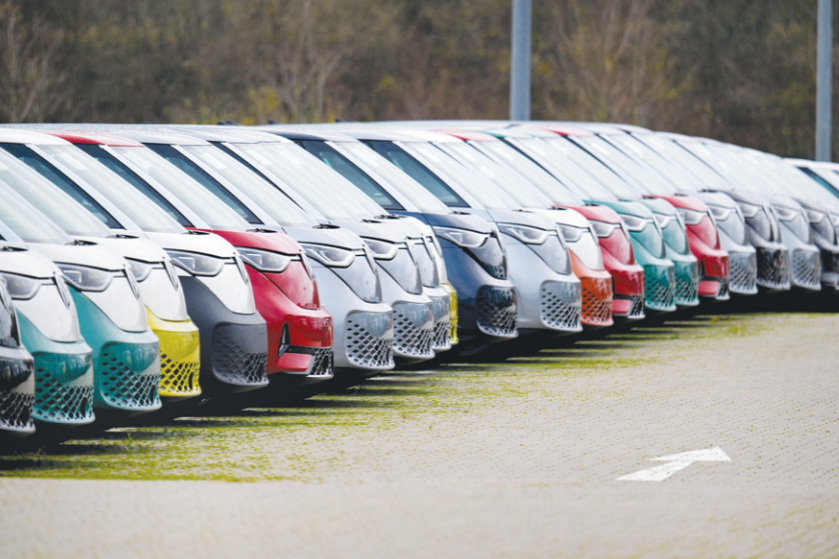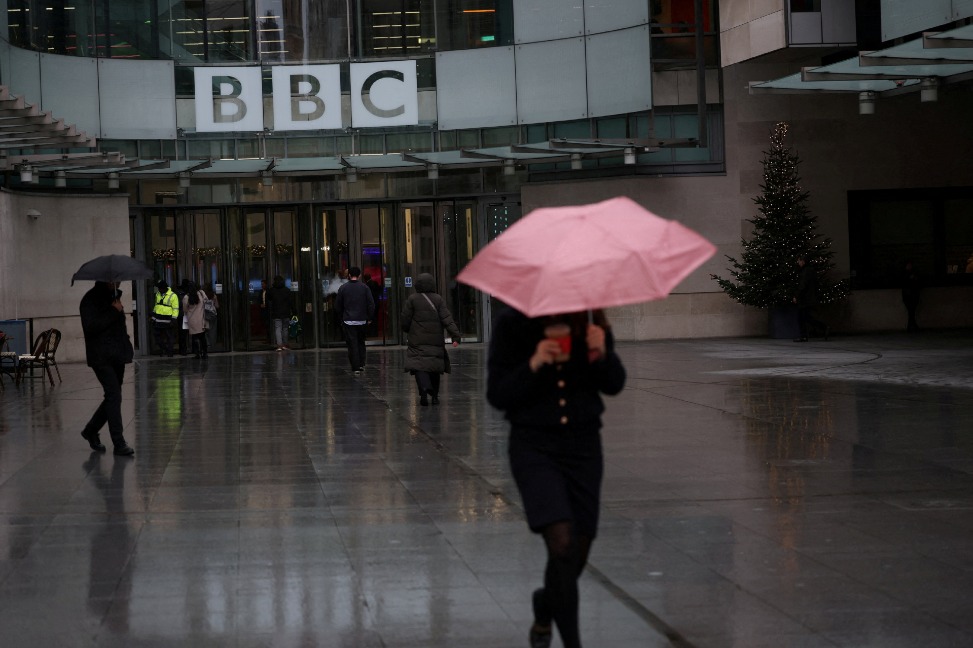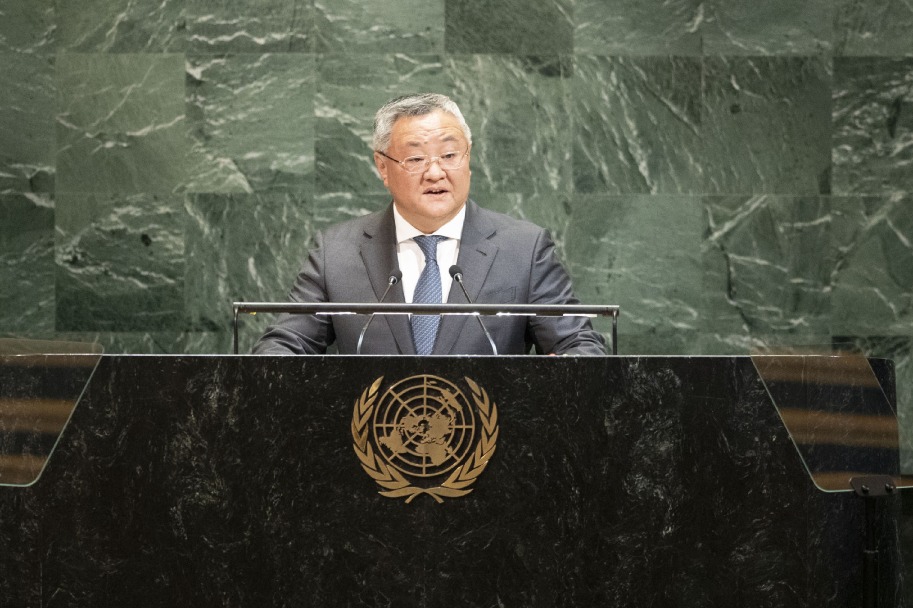Jungle no barrier to Amazon jabs drive


Chinese vaccines are saving lives in campaigns targeting indigenous tribes
Chinese vaccines have become key assets in the fight against COVID-19 deep in the Amazon jungle of South America.
The vaccines, from drugmakers Sinopharm and Sinovac Biotech, are being taken deep into the forests, often after arduous boat trips, to reach indigenous tribes. Some of the jab recipients are not even aware of the coronavirus.
Peruvian health authorities are relying on Sinopharm's vaccine to reach the most inaccessible communities. Healthcare workers often have to travel by boat, ride mules and walk deep into the jungle.
These logistical challenges are also present in neighboring Brazil, home to the largest portion of the Amazon rainforest. The jungle extends across nine countries.
In Brazil, the army is a key player in the distribution of Sinovac's CoronaVac vaccines. Developed in Beijing and finished and packaged by the Butantan Institute in Sao Paulo, the vaccine makes up the backbone of the country's vaccination efforts.
More than 4.6 million doses of COVID-19 vaccines have been distributed throughout Brazil's northwestern Amazonas state, home to about to 3.8 million people.
"Most indigenous people in the (Brazilian) Amazon have access to modern communications, such as radio and television, and many have mobile phones," said William Magnusson, a senior researcher with the biodiversity unit of the National Institute of Amazonian Research in Manaus, the state's capital.
Magnusson recently witnessed the distribution of vaccines to areas deep into the jungle by the Brazilian army.
"I was in a relatively remote indigenous community on the upper Jurua River. They advised us that the army was arriving the next day to vaccinate them and they seemed well-informed," he said.
In the administrative department of Amazonas in Colombia, 82,373 doses of COVID-19 vaccines, mostly CoronaVac, have been distributed. The territory, with almost 38,000 people, has seen the virus claim 256 lives since April 2020.But there have been just five deaths since July 29 this year.
Cultural practices
"Mortality rates decreased, not only due to vaccination, but also due to the cultural factors of our indigenous peoples and their internal care," Yenica Acosta, a member of the lower house of Colombia's parliament, told China Daily.
Acosta said indigenous people in the Amazonas department have been largely spared the worst of the pandemic, with most COVID-19 deaths in the territory occurring only in Leticia, the capital city, and Puerto Narino, the second-largest city.
"Our indigenous peoples suffered truly little from this pandemic. However, all the safety measures have been deployed for them, as well as (for) the entire public, with a healthcare prevention strategy in which vaccines have been key," Acosta said.
"We continue with vaccination in the most distant areas of our department. We must highlight teamwork, as well as the awareness of our population."
Vital for the mission are clear communication-not only in Spanish and Portuguese-and efforts against the spread of disinformation.
In Peru, the government has carried out awareness campaigns in 22 indigenous languages in its vaccination strategy for people in the Andean country.
"The Ministry of Culture disseminated messages in indigenous languages on the importance of the COVID-19 vaccine to citizens of the Awajun indigenous people, who live in the native communities of the province of San Ignacio, in the Cajamarca region," the Peruvian government said.
Mezones-Holguin, a researcher from San Ignacio de Loyola University, said: "The point is not only to arrive and give the first dose, but also to be able to arrive with the second dose of the vaccine."
In Colombia, the Ministry of Culture has translated information about the pandemic to aid its outreach to indigenous communities. Brazil has undertaken a similar effort.
The writer is a freelance journalist for China Daily.































